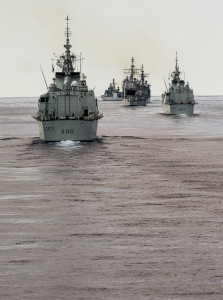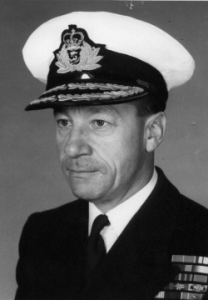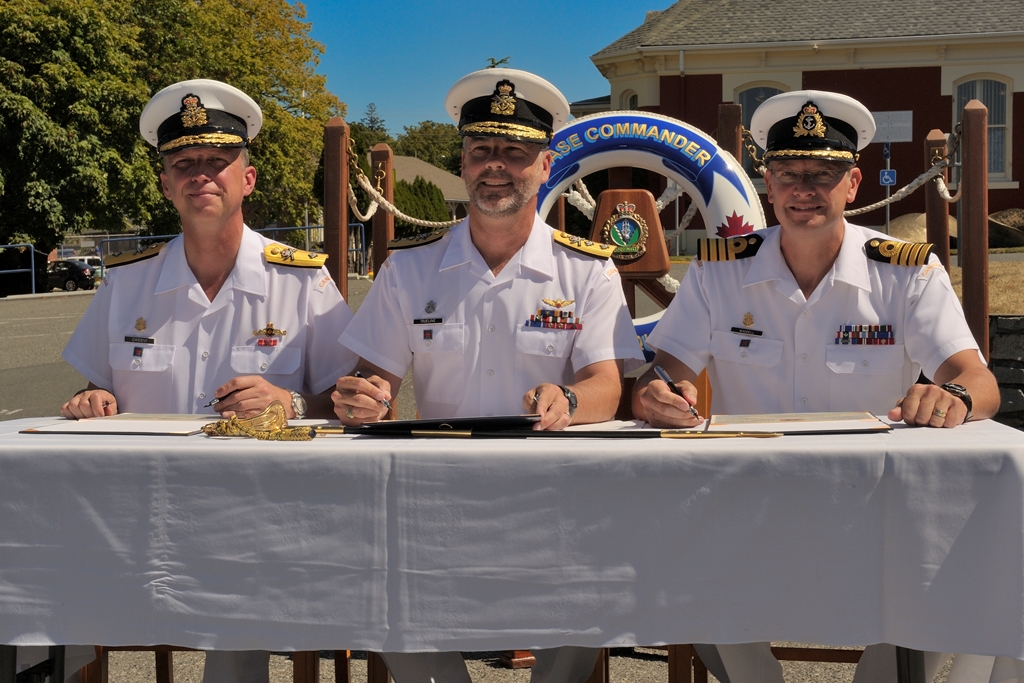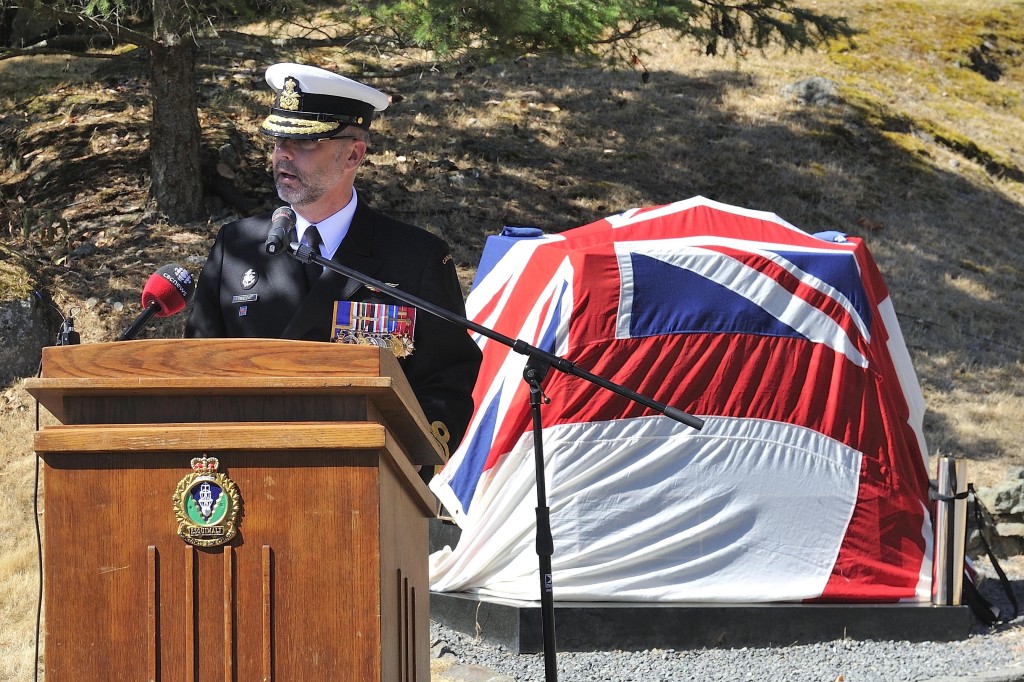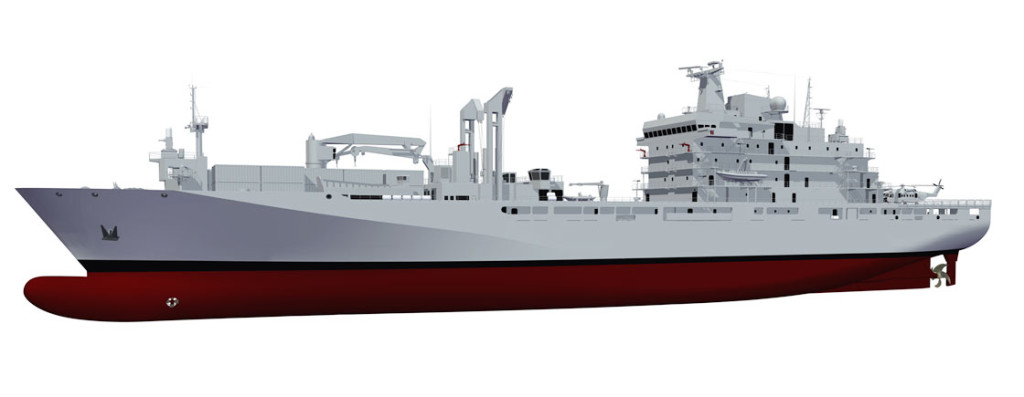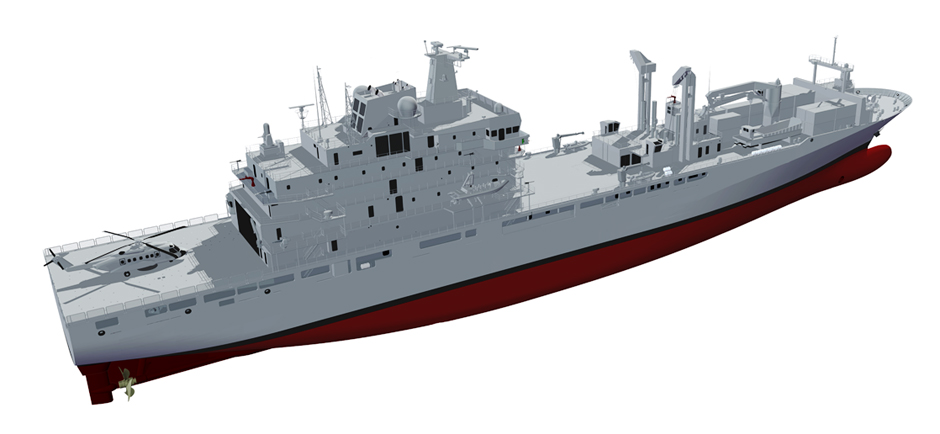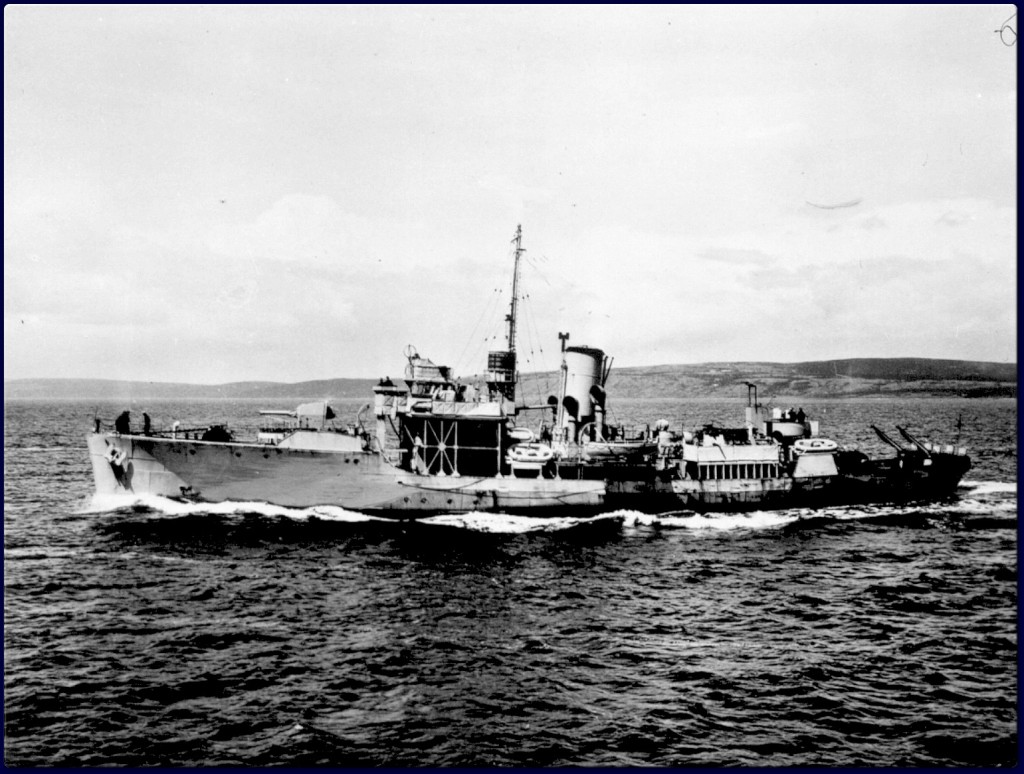
Today, the massive Canadian flag flying over Parliament Hill in Ottawa is dedicated to the HMCS Alberni, a Second World War ship named after the Vancouver Island town that had its short life ended 70 years ago by a torpedo from a German submarine.
At the end of the day, the 15-foot flag is scheduled to be lowered in honour of the 59 men who lost their lives while serving on the ship, then will be sent to the Alberni Project collection in Comox.
The permanent exhibit plans to add the flag to its extensive display of artifacts memorializing the 205-foot warship, part of a fleet of corvette vessels that were built after Canada joined the war in 1940.
The corvette was a small warship used from 1941 to 1944 to escort large convoys across the Atlantic. It also served on the St. Lawrence River and off the coast of Quebec and Labrador, as German U-Boats had reached Canadians waters during the latter years of the war. A notable event in its short but busy life was the rescue of 145 merchant seamen near Londonderry, North Ireland after torpedoes hit their vessels. Lewis Bartholomew founded the Alberni project 14 years ago, amassing a collection of details on the HMCS (His Majesty’s Canadian Ship) Alberni, an example of the many corvettes built for the Royal Canadian Navy for war service.
“They had to have some sort of an escort ship that had maneuverability because these convoys would stretch out for miles,” he said. “These corvettes would run along the side and behind and would scan back and forth for submarines.”
The corvettes were named after Canadian cities in the hopes of gathering more support from communities across the country. The HMCS Alberni was given the name of the former town of Alberni, now existing as the northern section of Port Alberni. This sparked interest with a group of locals who purchased a potato-peeling device and knit sox for the ship’s crew, said Jane
Hutton, past president of the Alberni District Historical Society and former co-ordinator of the Maritime Discovery Centre.
“They bought a washing machine to be used on the ship so the guys wouldn’t have to wash their clothes in the bathroom basins,” said Hutton, who now serves as curator of the Port Hardy Heritage Society Museum.
Thirty-one men survived the UBoat’s attack, including Capt. Ian Hunter Bell, the youngest man to command ship in the Royal Canadian Navy at the age of 24.
The vessel sank in half a minute after being struck by the U-Boat, a submarine that approached the Alberni’s sonar undetected by using a newlydesigned rubber coating. Most of the crew were below deck in the mess hall getting lunch.
“If you were on the deck or you were close to a doorway, you had a chance for survival; if you were below decks you had no chance,” Bartholomew said. “Some of them were able to grab hold of things that were floating in the water, there was no time really to grab any of your lifejackets.”
The men were spotted by Allied torpedo boats returning from duties near Normandy, France. Joseph Leo McVarish was one of these men.
“Leo, he was listed as missing in action for several days, and then they discovered him in a pub somewhere in England,” recalled Bartholomew from a past meeting with the survivor.
McVarnish had a reputation as a vivid storyteller of his times from the war, but this was unusual among Second World War veterans.
Huttan met two other survivors of the HMCS Alberni a few years ago while she was living in the Valley. They hadn’t told their wives about the shipwreck until 50 years later. “They had never talked about it. They used to get together and play cards all of the time and just one night the two guys started talking about it,” Huttan recalled. “The wives were just gobsmacked, they couldn’t believe it.”
At least one surviving member of crew came from Port Alberni: Nelson Shudeen.
Bartholomew is unsure if the veteran is still alive, and first heard of Shudeen a few years ago when a man visited the Alberni Project as his wife saw the dentist next door.
“He said that as a child living in Halifax everyone rented out rooms to the sailors there. There was a particular man from Port Alberni who served on the ship and he was wondering if I had his name,” said Bartholomew.
The German U-Boats has proved to be a terror in the seas, and the U-480 sunk four vessels including torpedoing the Alberni on Aug. 21, 1944 under the command of 24-year-old captain Hans-Joachim Förster.
He died along with the 47 members of his crew the next January when the German submarine hit a mine off the Isle of Wight in the vicinity of where the HMCS Alberni sunk.
Eric Plumme / r Alberni Valley Times
http://www.avtimes.net/news/local/59-men-died-on-alberni-1.1322284
